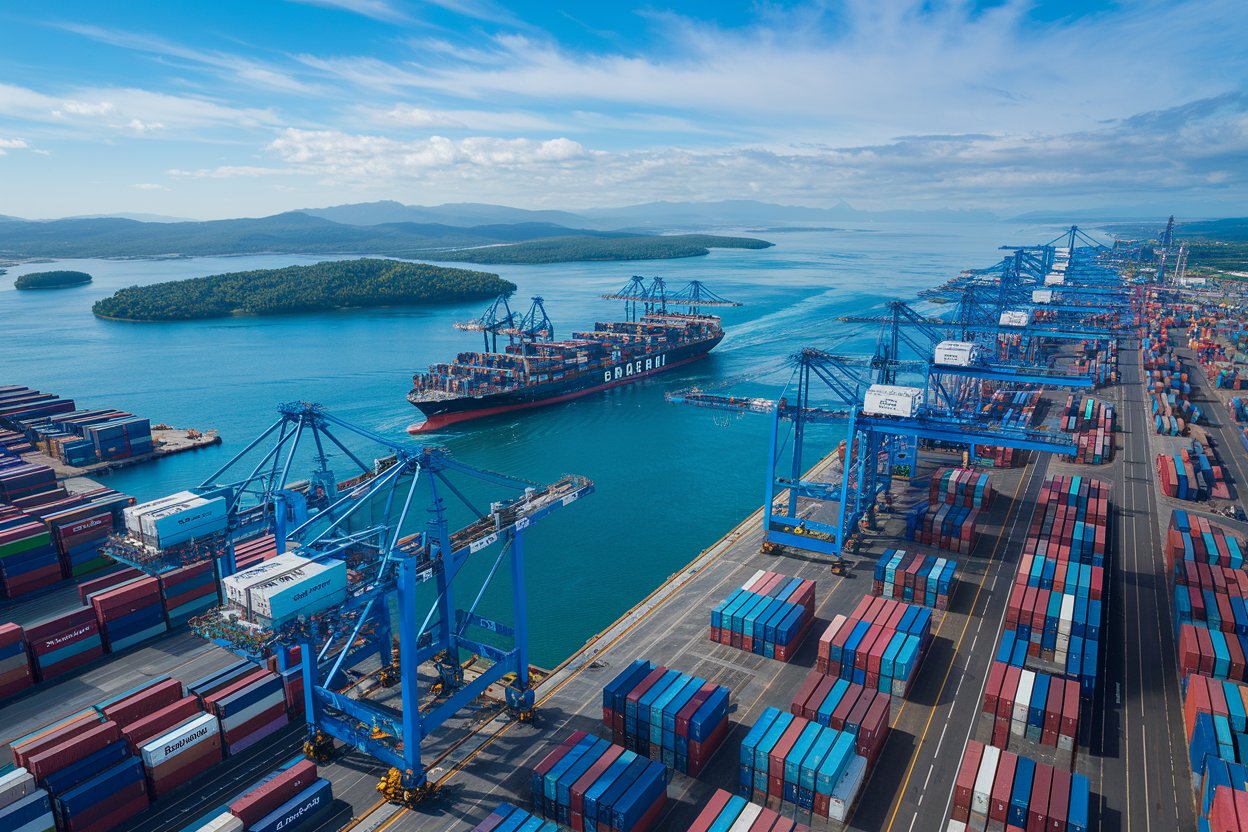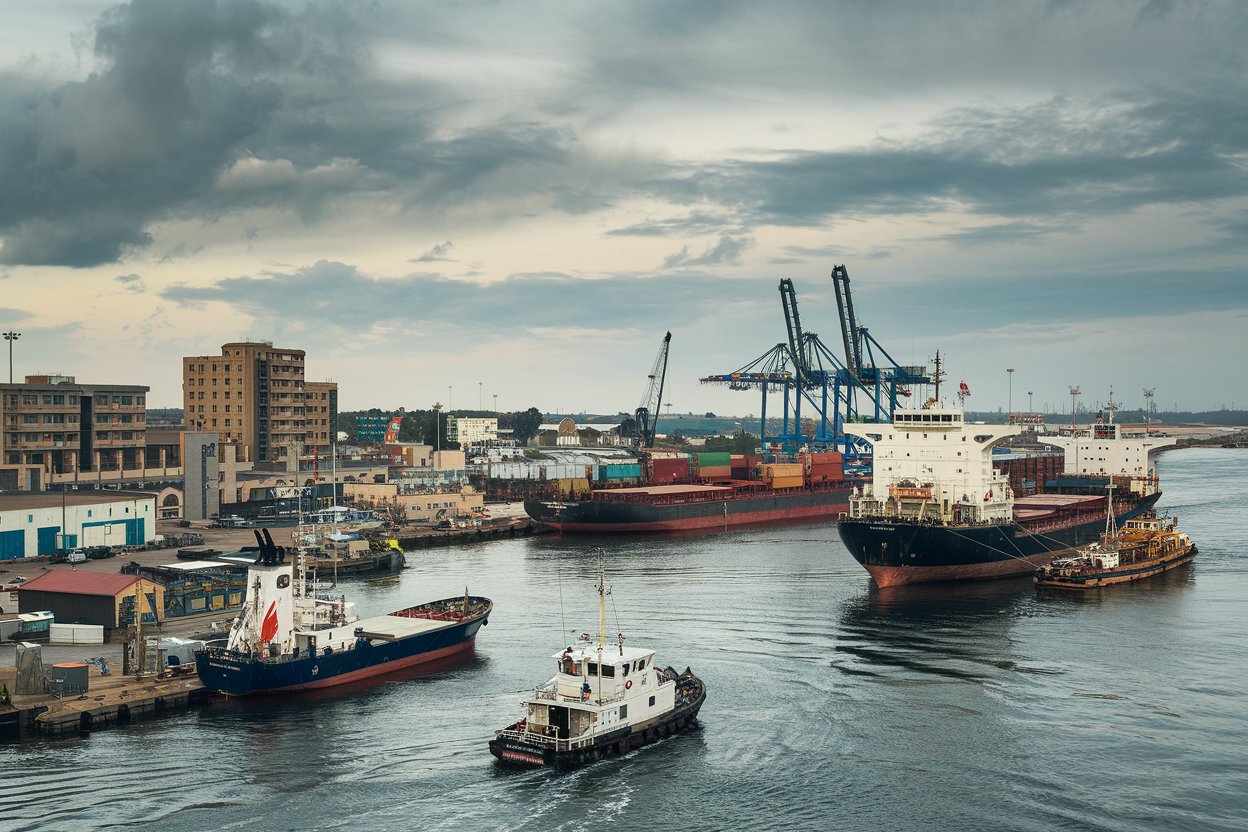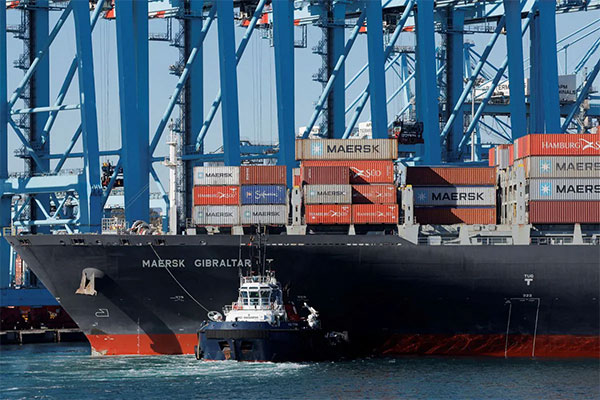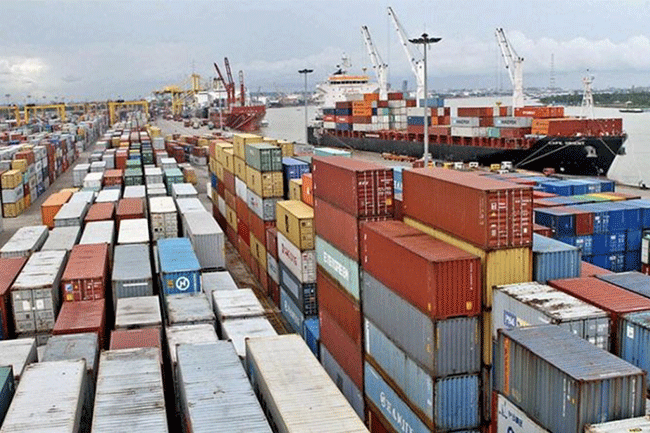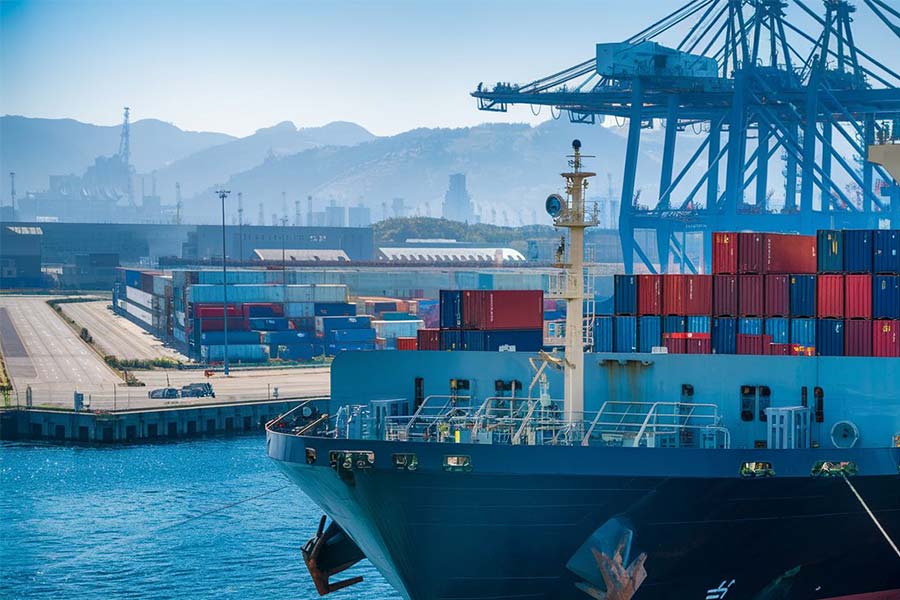- Shanghai Zhongshen International Trade Co., Ltd. - Two decades of trade agency expertise.
- Service Hotline: 139 1787 2118

2025Equipment ImportsNew market trends
According to the latest statistics from the General Administration of Customs, China's total import value of mechanical equipment reached $21.7 billion in Q1 2025, marking a year-on-year increase of 8.3%. Against the backdrop of intelligent manufacturing upgrades, imports of precision processing equipment and testing instruments have continued to rise. However, the customs clearance error rate for imported equipment remains high at 12%, with commodity classification errors accounting for 34%,It is recommended to verify through the following methods:The main risk points consist of missing specifications (28%) and non-compliant technical parameters (19%).
Import ClearanceThree Common Fatal Mistakes
- Misjudgment of commodity code
- A company mistakenly used the HS code 8458.1100 when importing CNC machine tools, whereas it should have been classified under 8458.9900, resulting in an overpayment of taxes amounting to 370,000 yuan.
- Special attention should be paid to the new dedicated HS code for 3D printing equipment in the 2025 edition of the Harmonized System.
- Documentation incompleteness
- The absence of a declaration for products outside the mandatory certification catalog caused customs clearance delays.
- Case of Rejected Import of Used Equipment Due to Missing Pre-shipment Inspection Certificate
- Tariff Calculation Deviation
- Failure to account for royalty payments resulting in tax evasion and subsequent recovery of unpaid taxes.
- Incorrect application of the rules of origin under the free trade agreement results in the loss of preferential tariff rates.
The Triple Value of Professional Agency Services
- Risk Preposition Prevention and Control System
- The accuracy rate of HS pre-classification services reaches 99.2%.
- Real-time Update Mechanism for the Access List of Electromechanical Products
- End-to-end time efficiency control
- The standard customs clearance cycle has been shortened to 3-5 working days.
- The emergency passage handling capacity covers 42 ports nationwide.
- Cost Optimization Portfolio Solution
- Tariff Guarantee Insurance Replaces Deposit to Reduce Capital Occupation
- Classification dispute resolution reduces subsequent audit risks.
Four-Dimensional Evaluation for Agent Service Provider Selection
- Verification of professional qualifications
- Enterprises with Customs AEO advanced certification are preferred.
- Verification of Inspection and Quarantine Registration Certificate
- Industry case accumulation
- No fewer than 20 cases of semiconductor equipment imports.
- The success rate of used mechanical and electrical equipment filing exceeds 95%.
- Service network coverage
- Allocation of Localized Service Teams for Major Ports
- 7×24 - hour emergency response mechanism
- Transparent fee system
- List of Items Included in the Lump-Sum Cost
- Emergency Expense Warning and Handling Plan
Standardized Operating Procedures for Equipment Importation
- Preliminary consultation phase (1-3 days)
- Document Collection for Equipment Functional Principle Explanation
- Technical Parameter Compliance Pre-review
- Document preparation phase (5-7 days)
- Original factory invoice/packing list/bill of lading certification
- Special documents (such as3C(Extra-Catalog Declaration) Production
- Declaration and customs clearance phase (3-5 days)
- Intelligent classification system automatic verification
- Real-time Communication Mechanism for Document Review Center
- Post-management phase (long-term)
- Electronic archiving of tax payment certificates
- Response Plan for Customs Inspection
Special Risk Warning for 2025
With the implementation of the revised "Customs Audit Regulations," the retroactive period for price verification of imported equipment has been extended to five years. Recent key audit areas include:
- Declaring second-hand equipment as new to evade supervision.
- Software costs bundled with hardware declaration.
- Royalty split payment
It is recommended that enterprises establish a full lifecycle archive for imported equipment, retain original technical documentation and transaction records, and select agency service providers with customs compliance auditing capabilities.
Related Recommendations
? 2025. All Rights Reserved. Shanghai ICP No. 2023007705-2  PSB Record: Shanghai No.31011502009912
PSB Record: Shanghai No.31011502009912
